QuestionHi Betty!
I bought a baby female glider yesterday. I took her home in a little carrier about the size of a hamster or mouse cage-- I intend to organize a proper home for my glider Bubbles in the next few days. Eventually I may even get her a friend, but for now I'm only going to raise her.
Bubbles is around 5 months old and quite timid! She bites me sometimes and refuses to stay in the bonding pouch I made for her according to some instructions I found online. She's been home for 24 hours, and I've put some pieces of old clothes in and around her cage for her to get accustomed to my smell. What else can I do to make her feel comfortable enough to start the bonding process? And can you tell me more about the bonding pouch and how and when to use one?
Thanks (:
Anna.
AnswerHello Anna,
Congratulations!
Thank you for the question. My article about bonding is below. You'll want to start the bonding process right away. A bonding pouch is anything comfortable and safe for your glider to stay with you during the day. She will become used to your scent, voice, and movements. It could be a pocket, purse, bag, or something specifically made for Sugar Gliders. I go to thrift shops and get purses made of cloth or fleece. One with a zipper will keep her contained when you go outside.
Please get Bubbles a companion as soon as possible. Sugar Gliders are social animals and are very uncomfortable living alone.
Good luck! Please keep me posted.
Bonding
Bonding with Sugar Gliders will take a lot of time and patience. The objective is to convince them that you are not scary, and that having you around brings pleasure and enjoyment. For now, get a pouch/purse to put them in, and wear the pouch next to your skin during the day when they are sleeping. You want to get them used to your scent. Don't try to handle them yet. Next, try holding them from OUTSIDE the pouch. Just cup them in your hands. They will probably fuss, but do not back down. Continue doing this until they no longer fuss. Get some licky treats such as applesauce or yogurt. Put some on your finger and put it at the opening of he pouch to see if they will lick it off your finger. The idea is to get them to trust you. When they are readily eating from your finger, start the next step: While they are sleeping in the pouch, put your hand INSIDE the pouch. Cup them as you did from the outside. At this point you may get some bites. They don't trust you yet. Don't back down. You don't want them to think they can get you to go away by biting. Keep doing this until they are comfortable with you holding them. Get some treats such as fruit or yogurt. While holding them, bring them part way out of the pouch to eat. Keep doing this until you have them completely out of the pouch. All this could take weeks or months. It took me four months to tame my first one. He was captive bred and still a baby.
Note: While you are taming your gliders, never chase them. Either coax them with treats, or just leave them alone. The best time to get them out of the cage is when they are sleeping in their pouch. If one gets out, try using a butterfly net or toss a towel over it to catch it. Again, don't chase. If it runs away, make sure the room is safe, close the door, and just wait. Remember, they can't swim. Make sure toilets are closed, aquariums are covered, etc. The glider will find a nice spot to sleep (usually up high). You can look for its sleeping spot during the day, or listen for it running around at night. Leave food and water out in a good location for the butterfly net. Be patient.
You can get a head start on taming babies. If the parents will let you, stroke them as soon as they are out of the pouch. Do NOT take the joeys from their mother. The joeys can be handled as soon as the parents leave them alone in the pouch. At that time you can hold them for short periods, extending the time each time. It would be best to keep your hand and the babies where the parents can see them. Parents, especially the mother, get upset when they don't know where the babies are.
Good luck.
Betty

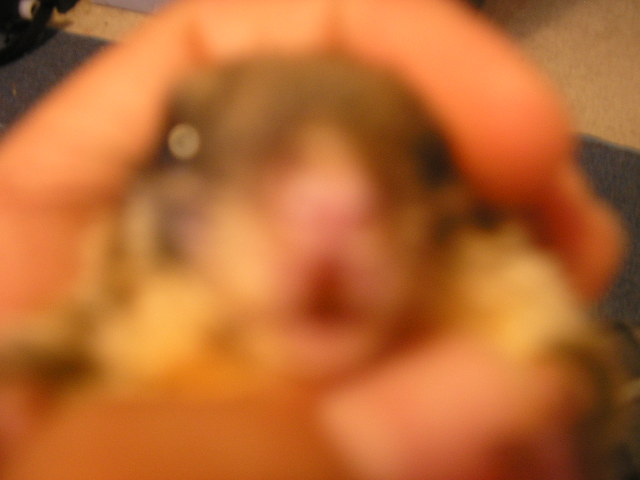 Sickness
QuestionBrown Teeth
QUESTION: My sugar glider ha
Sickness
QuestionBrown Teeth
QUESTION: My sugar glider ha
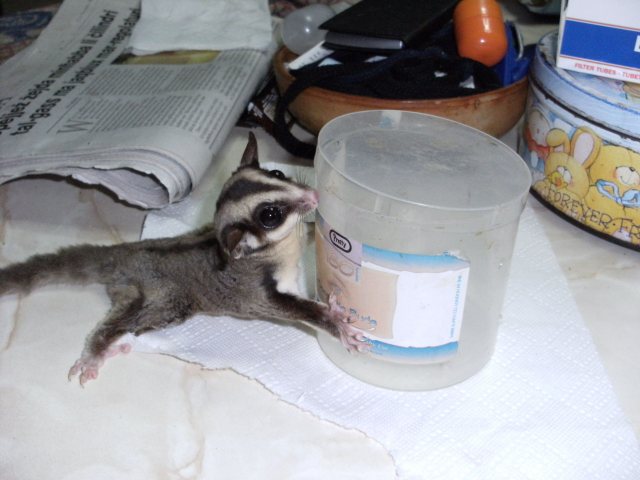 Baby sugiess
QuestionKila
QUESTION: Hello my name is Jan and
Baby sugiess
QuestionKila
QUESTION: Hello my name is Jan and
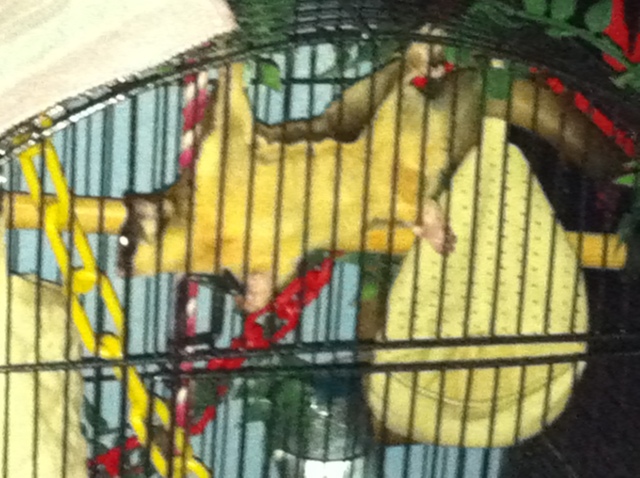 Not sure whether is my suggies are growing well compared to the new glider size
Question
Glider KK
Hi Kaden, im jeremy, just started to
Not sure whether is my suggies are growing well compared to the new glider size
Question
Glider KK
Hi Kaden, im jeremy, just started to
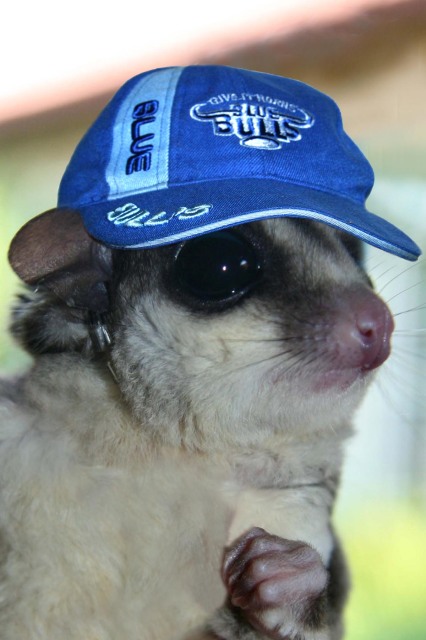 Sugar glider deep sleep concern!
QuestionGizmo
QUESTION: Since Gizmos operation(n
Sugar glider deep sleep concern!
QuestionGizmo
QUESTION: Since Gizmos operation(n
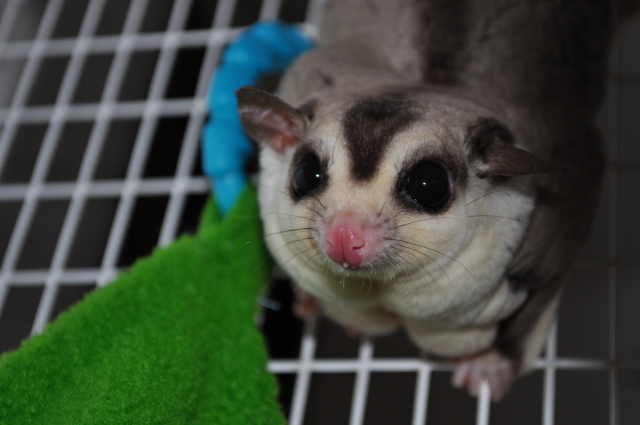 Possible underweight glider
QuestionHi I hope you can answer my question, I have bo
Possible underweight glider
QuestionHi I hope you can answer my question, I have bo